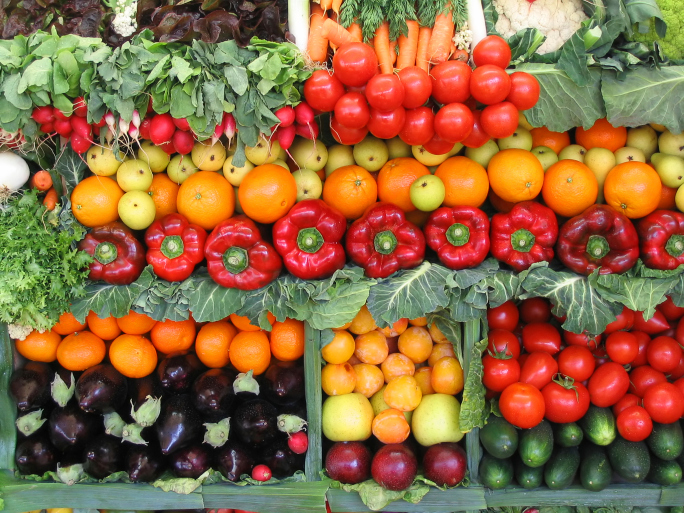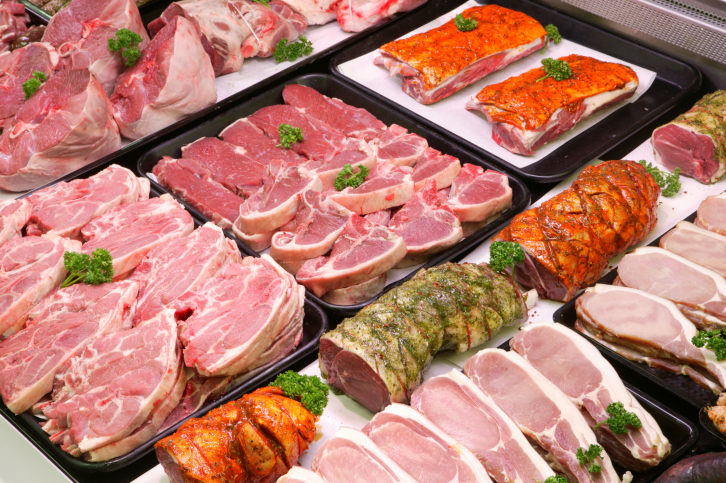Healthy grocery shopping tips

Grocery shopping can be an oddly difficult task to get right, considering how often we have to do it. Doing so in the healthiest way further confuses the task.
Here’s a few quick tips you can follow as guidelines to make the most of your trips to the grocery store.
Make a list
Do make a shopping list and try to stick to it. You will save money by avoiding impulse buys and you’ll find yourself throwing out less because you won’t buy too much.
In the same vein, don’t grocery shop on an empty stomach, which is another way to find yourself buying too much.
Stick to the perimeter
Most people have heard this one, but it’s the golden rule to stick to for eating healthy. Almost all grocery stores are set up in the same way. Moving clockwise, around the outside, once you enter you’ll find produce, breads and grains, possibly a deli, seafood, meats, dairy and eggs. Whether or not you’ve actually realized it, you instinctively know this.
Following the perimeter of the grocery cuts out a lot of more processed, less healthy food options. Most of the basics you need each week are not found in the aisles. As a general rule, not going down the aisles unless you need to will mean you’re eating more healthily.
This is also the basis for some other tips:
Buy real foods
What this means is to buy basic ingredients and avoid processed foods. Following the tip of sticking to the outside of the grocery store will help with this one. Produce, meats, dairy and whole grains are all good examples, though they are not the only ones.
This is also a good segue to another tip.
Avoid long ingredient lists
If a product has a long list of ingredients, most of them are likely not there to make it healthier for you. Most of the ingredients beyond the obvious ones you expect are added during processing to make them more appealing on the shelf. Though they are not all necessarily bad for you, a good general rule is to remember they are also likely not beneficial either.

“Natural” and “organic” don’t mean the same thing
Foods with a “natural” labelling have a much lower set of standards to meet that those with an organic labelling. Something made with natural ingredients may only have a few of many ingredients considered natural. “Organic” products also have a range of different labelling standards depending on how organic they are, some of which would likely not meet the standards you have set in your head.
Remember organic and natural products aren’t the most important thing to consider. Organic produce can be very expensive. Filling your diet up with plenty of cheaper produce is likely better for you than eating only a small amount of organic produce.
Further, in the summer of 2014 the CBC found that nearly half of products in Canadian grocery stores labelled as organic didn’t actually even meet the standards they’re supposed to. You may be better off hunting down the products that don’t come with a label – again, on the perimeter of the store.
Of course, these are tips and not rules. There are exceptions. There are certainly unhealthy foods around the outside of the store and great, healthy products in the aisles, but keeping an overall strategy can save you a few dollars and maybe improve your diet, if only a little bit.


